The Historic Paramount Theatre of Abilene TX has made its way into the hearts of Abilenians for generations. We take a look inside.
By Rebecca Hargus
Photography by Doug Hodel
A hallmark of the Abilene art scene, the Paramount Theatre has made its way into the hearts of Abilenians for generations. Its opulence, grandeur and rich history are undeniable and have made the venue a favorite destination for visitors and locals alike. The Spanish/Moorish and Pueblo Deco design influence resonate a hauntingly beautiful scene, offering audiences a perfect atmosphere for classic films, live productions, and concerts.
A Brief History
In 1928, the prominent West Texas wholesale grocer, Horace O. Wooten, commissioned the construction of the theatre in conjunction with the Wooten Hotel. The Paramount Publix Cooperation leased the theatre, and in May of 1930, the Paramount opened with the film “Safety in Numbers.” The grand opening was a success – the house was sold out.
The Paramount thrived until the mid-1970s and the decline of Abilene’s downtown area. The theatre closed briefly and then reopened unsuccessfully as a country music venue. The newly formed Abilene Preservation League and its umbrella organization, the Paramount Committee, worked tirelessly as the theatre’s advocates. With their help, the Paramount was placed on the Register of Historic Places, and the league reopened the theatre running classic films and providing the labor needed for operation.
A donor purchased the Paramount and financed a full scale, authentic restoration, which was completed in 1987. Since that time, lighting, projection, and multi-media improvements have been added.
The Marquee
Although not original to the theatre, the Paramount’s marquee is an iconic symbol of days gone by and gives theatre-goers the first glimpse of what they should expect once they step inside. Resolved not to let the sign drift into the commonality of the digital age, Betty Hukill, Executive Director, chooses to keep the marquee. The sign uses plastic lettering that snaps into place, and Paramount employees use a ladder to change the lettering. On windy West Texas days, Hukill finds letters that have fallen from the marquee in front of the theatre’s door step.
“I always appreciate the kindness of those who find the letters and return them,” Hukill says.
The Lobby
Ornate chandeliers of hand-blown glass panels, rich colors, and wrought iron sconces greet visitors after they make their way past the ticket box. Bishop’s chairs, circa 1840, and detailed wool carpet add to the ambiance. The carpet was loomed from the original carpet pattern of the 1930s, though the colors are reversed.

The Mezzanine
The mezzanine features four portraits. On the south wall hangs the portrait of an unknown woman. The portrait was a given to the Paramount as a gift from the Gooch family and is known as the “Paramount Ghost.” A prop painting of Spencer Tracy hangs on the north wall. The painting was used on the set of Tracy’s movie “Broken Lace” and was brought to the Paramount from a Dallas warehouse just hours before its potential destruction. The west wall features the portraits of aforementioned H.O. Wooten and also Wally Akin, the theatre’s longtime and well-loved manager.
The Auditorium
The theatre seats 1,189 visitors, approximately 700 downstairs and 500 upstairs in the balcony. Guests sitting under the balcony floor can look up to see ornate filigree in ovals overhead and lights with hand blown glass. All guests are treated to a soft blue neon light that creates the look of sky complete with twinkling stars and thin, airy clouds. A 36 foot orchestra lift, able to rise to stage level, was added in 1987 and increases the size of the stage.
The Stage
The stage boasts a fly loft rigging system; upgraded digital sound, lighting, and projection equipment; new stage draperies; and a wireless monitoring system for actors and musicians backstage to keep an eye on cues. The stage itself is outfitted with a Roscoe dance floor made of dense rubber mats.
“The floor gives a level surface for dancers, and also allows us to have a black floor that isn’t too shiny,” Hukill said.
Why have Abilenians and the people of West Texas loved the Paramount for so long, and why such grandiosity? Hukill paraphrases the film director Robert Holladay, “Movie theatres in the 30s were built to resemble a foreign environment, so that psychologically, people could leave their lives at the door and become more involved in what was on screen.”
Hukill adds, “Storytelling is fundamentally a part of the human condition. I think it’s here to stay.”
Follow Scene on Instagram and Twitter, @AbileneScene. Stay up to date on your local Abilene activities with our #EventsToBeScene series. Check out our #EventsToBeScene Calendar.

























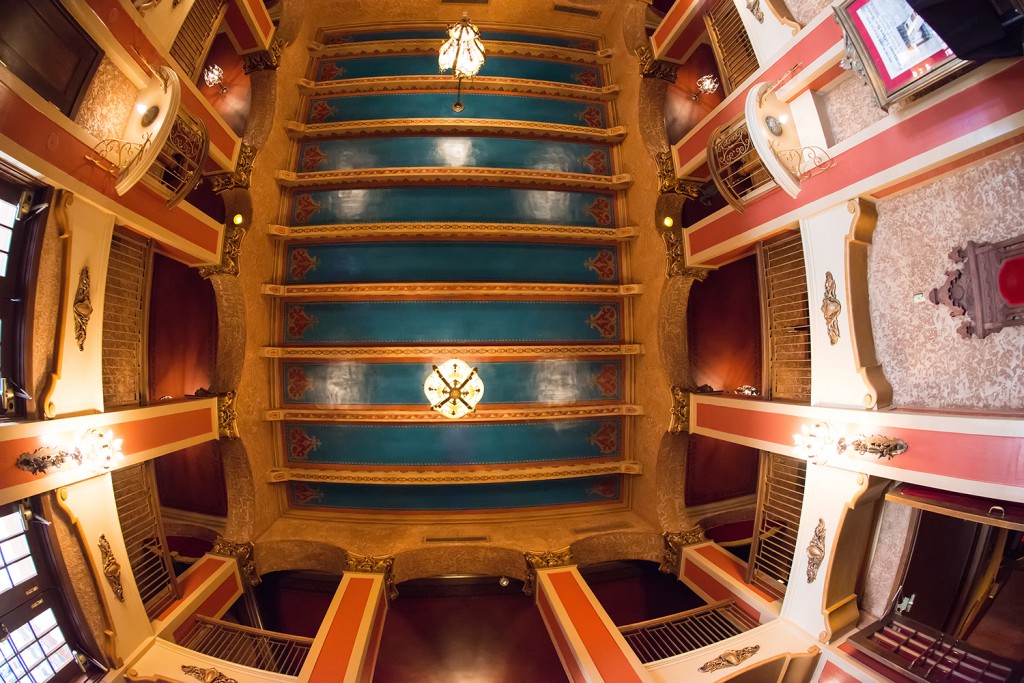
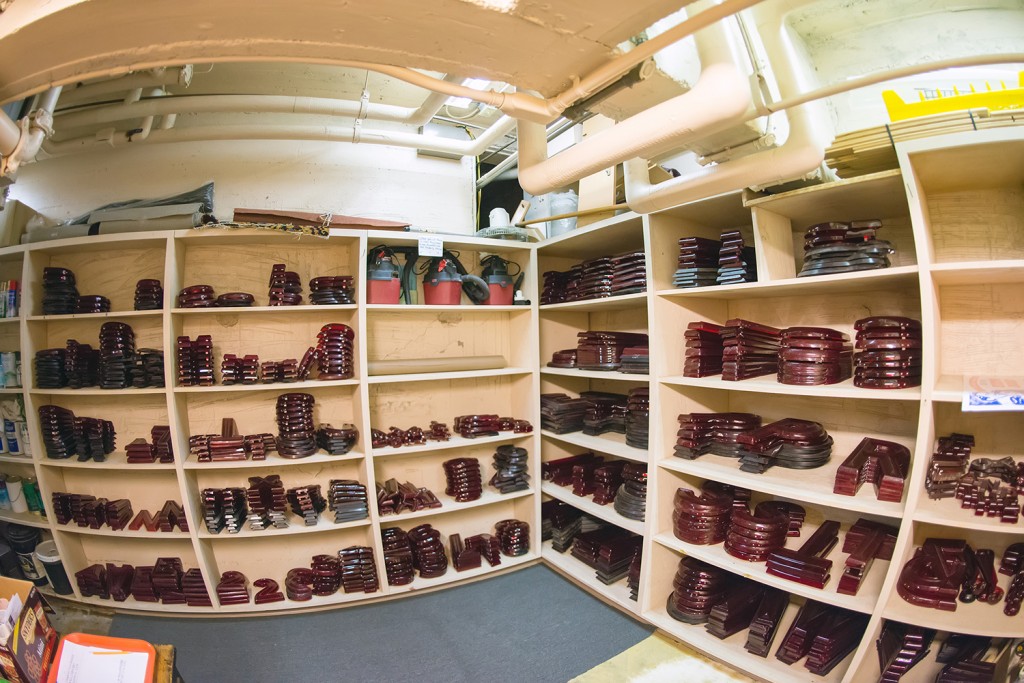
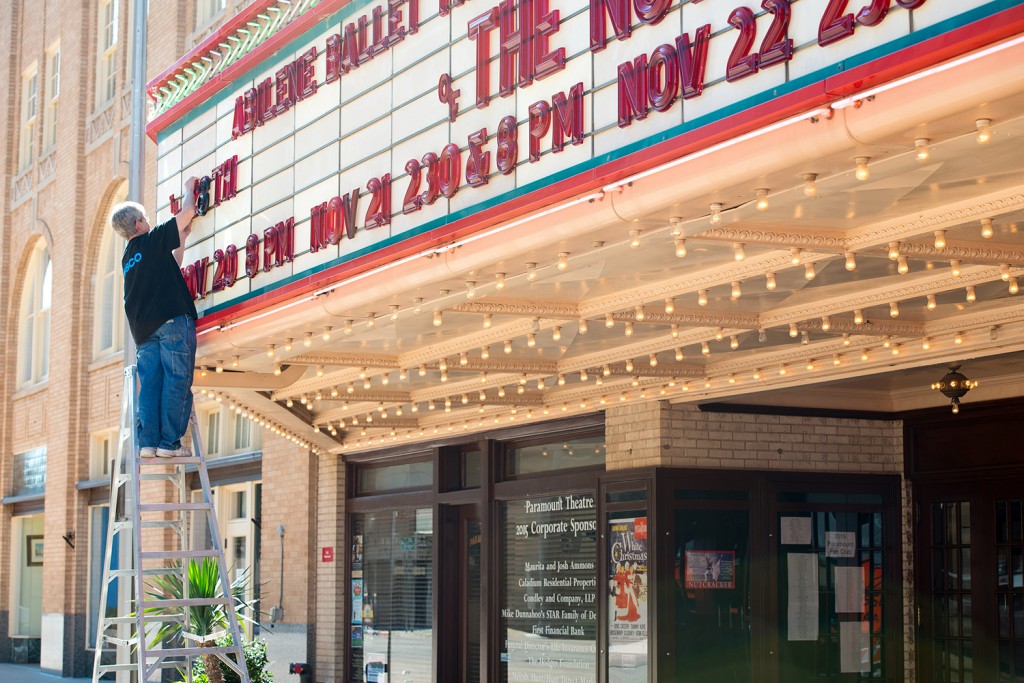
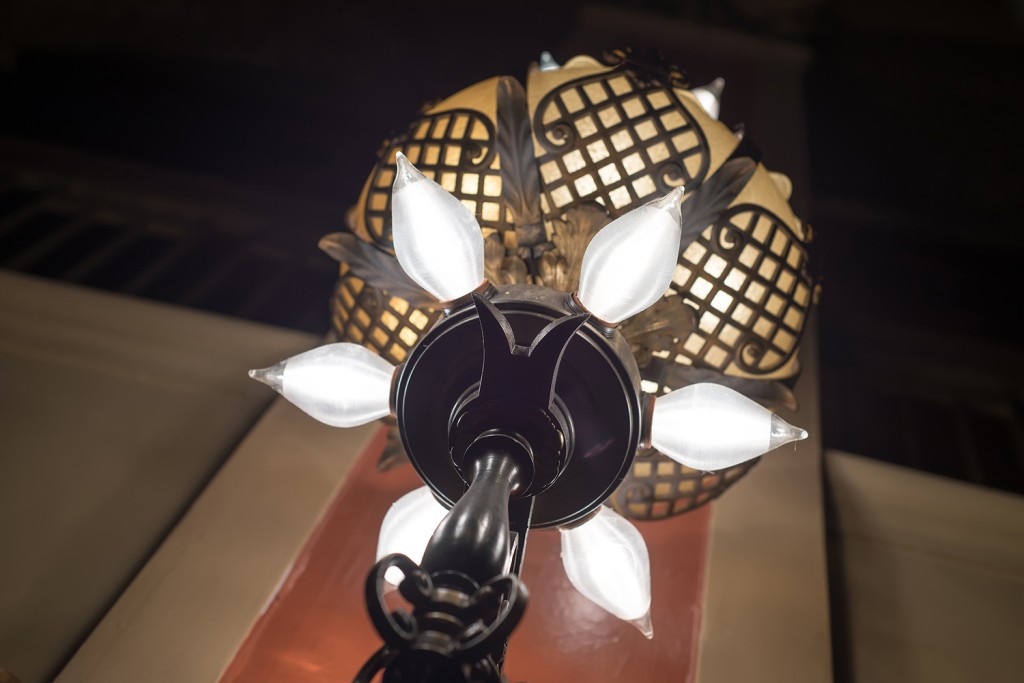
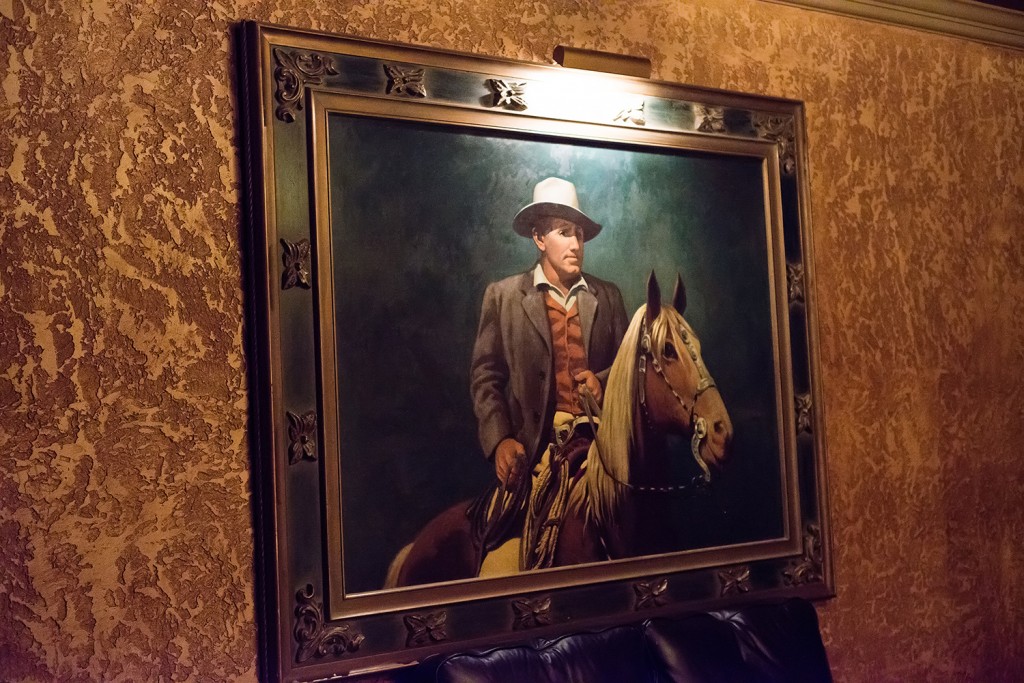
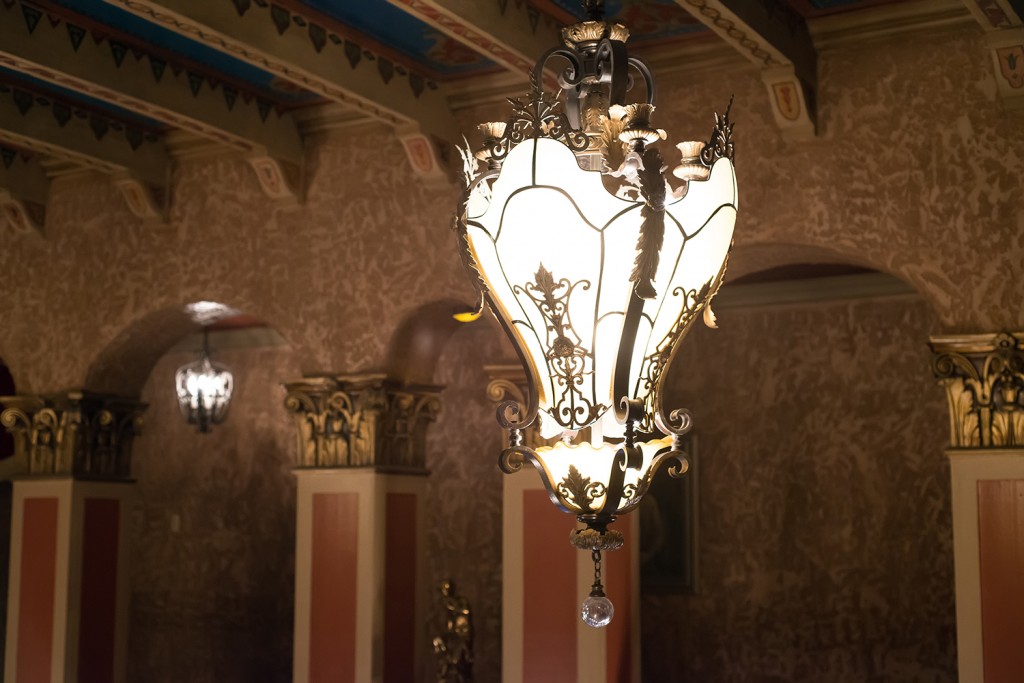
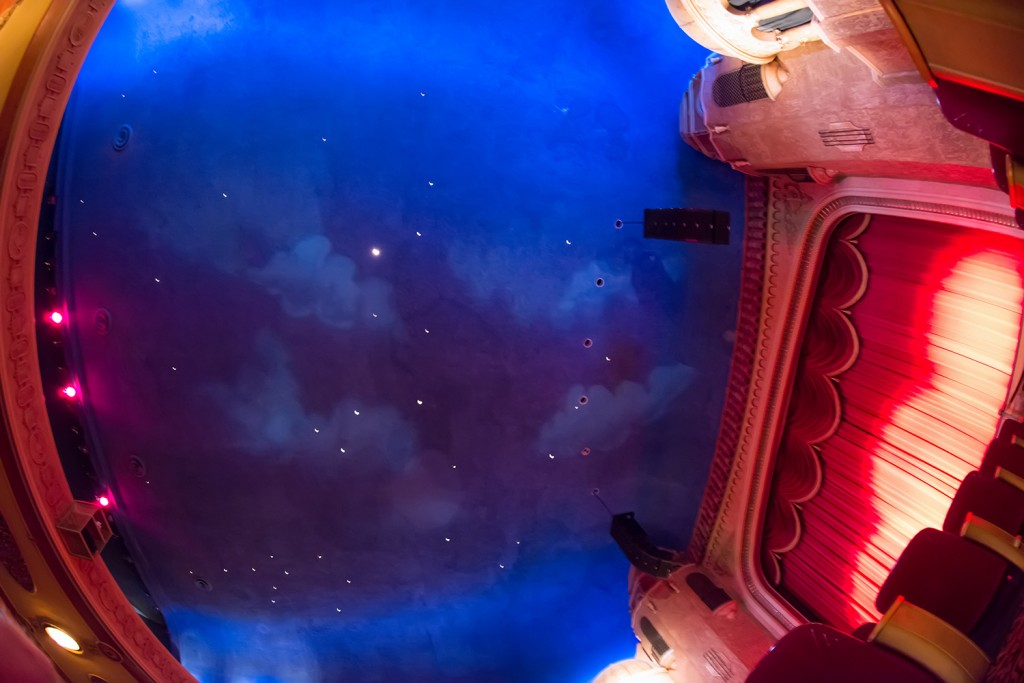
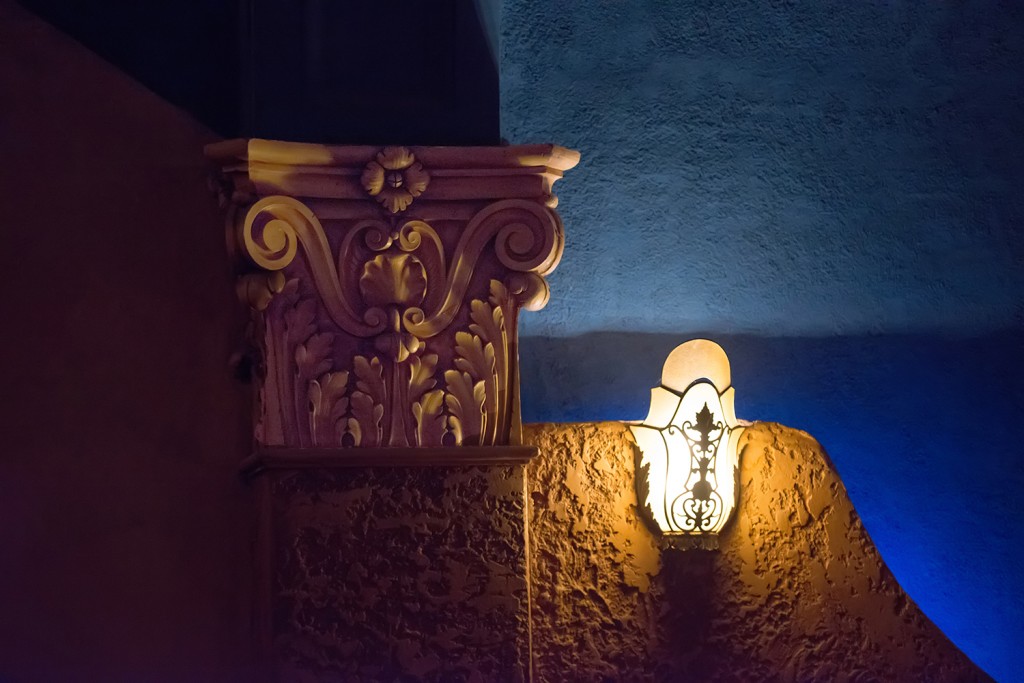
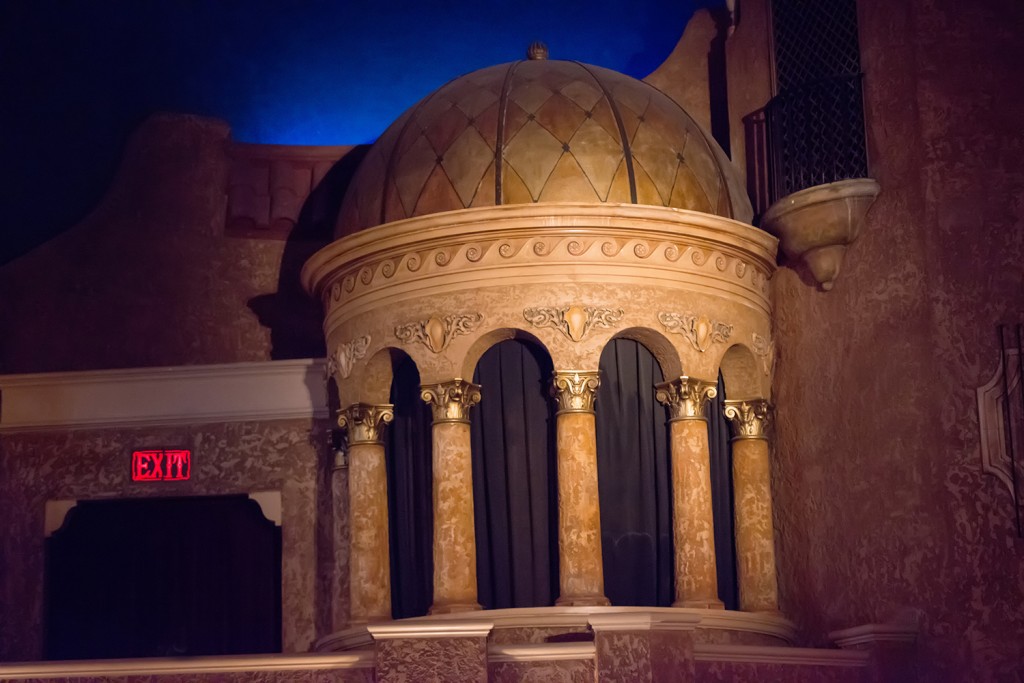
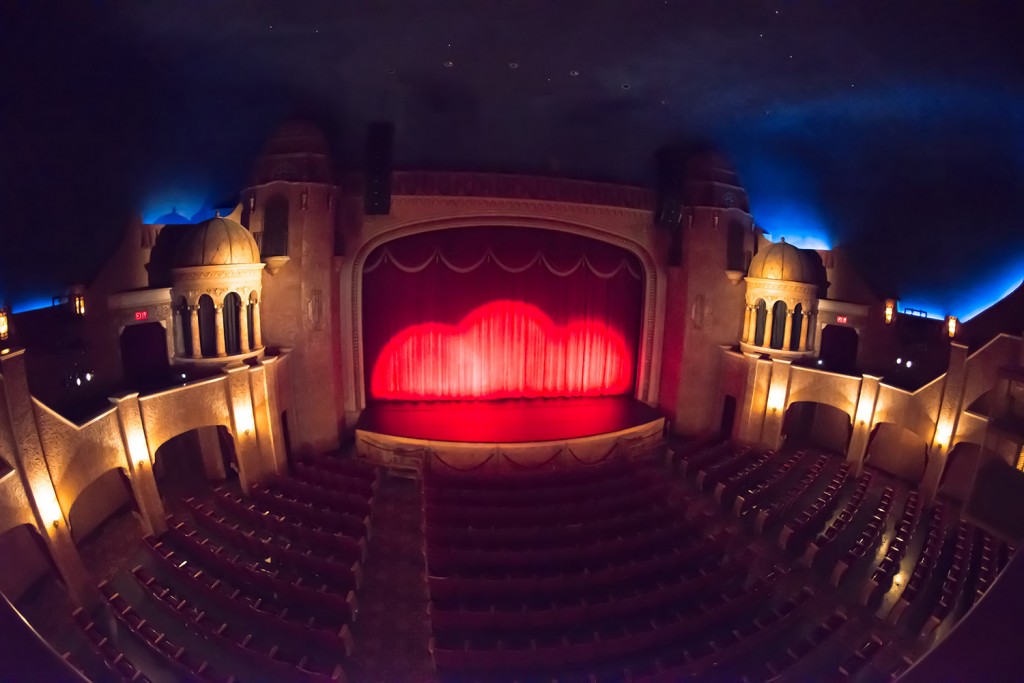
Leave a Reply